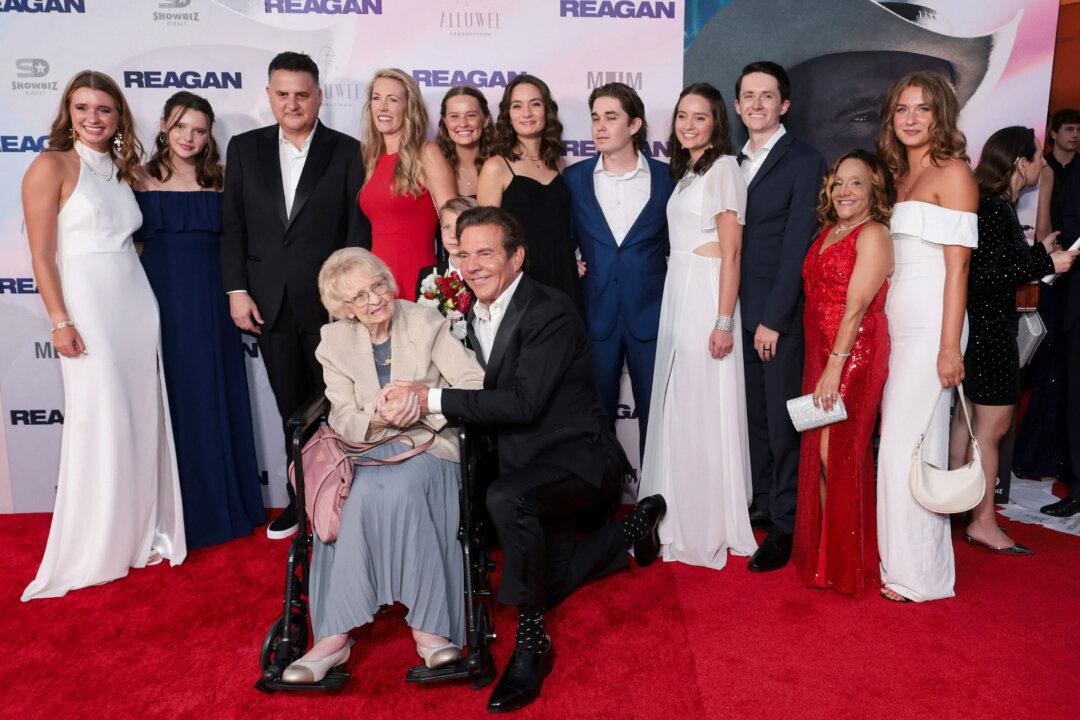In June of 1994, Nicole Brown Simpson and her friend Ron Goldman were found stabbed to death outside of her townhouse in the upscale neighborhood of Brentwood, California. Ms. Simpson was the ex-wife of former football star and actor OJ Simpson. Mr. Simpson and Ms. Simpson were married for seven years until their divorce, roughly 18 months before her murder.
Mr. Simpson became a person of interest shortly after the bodies were discovered.





